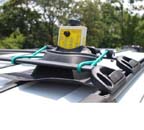 From a US Geological Survey press release:
From a US Geological Survey press release:
Recording bats’ echolocation “calls” is the most efficient and least intrusive way of identifying different species of bats in a given area, providing insight into some populations that have been decimated by white-nose syndrome.This new research by scientists from Virginia Tech, the U.S. Geological Survey and the U.S. Army is published in the Journal of Ecology and the Natural Environment.
White-nose syndrome, an unprecedented disease of cave hibernating bats caused by a cold-loving fungus, has caused the deaths of more than six million bats. It has spread from central New York to at least 22 states and five Canadian provinces since 2006. In addition to the endangered Indiana bat, populations of the formerly abundant little brown bat and northern long-eared bat have experienced severe disease-related declines, particularly in the Northeast and central Appalachians.
“Acoustic sampling is a noninvasive sampling technique for bats, and its use often allows for the detection of a greater number of bat species in less time than traditional sampling methods such as netting,” said study co-author W. Mark Ford, a USGS scientist at the Virginia Cooperative Fish and Wildlife Research Unit at Virginia Tech. “Low population numbers make netting both time and cost prohibitive. Netting also has low capture rates for WNS affected species. Moreover, acoustic sampling minimizes the handling of bats, which lessens the chance of unintended cross-contamination and exposure to the white-nose fungus from one bat to another or from equipment and personnel to uninfected bats.”
Read the rest of the USGS press release here.
Read the paper (open access;PDF) here.
Photo: An acoustic bat detector in a roof-top car mount. Courtesy New York State Department of Environmental Conservation and the bat survey coalition

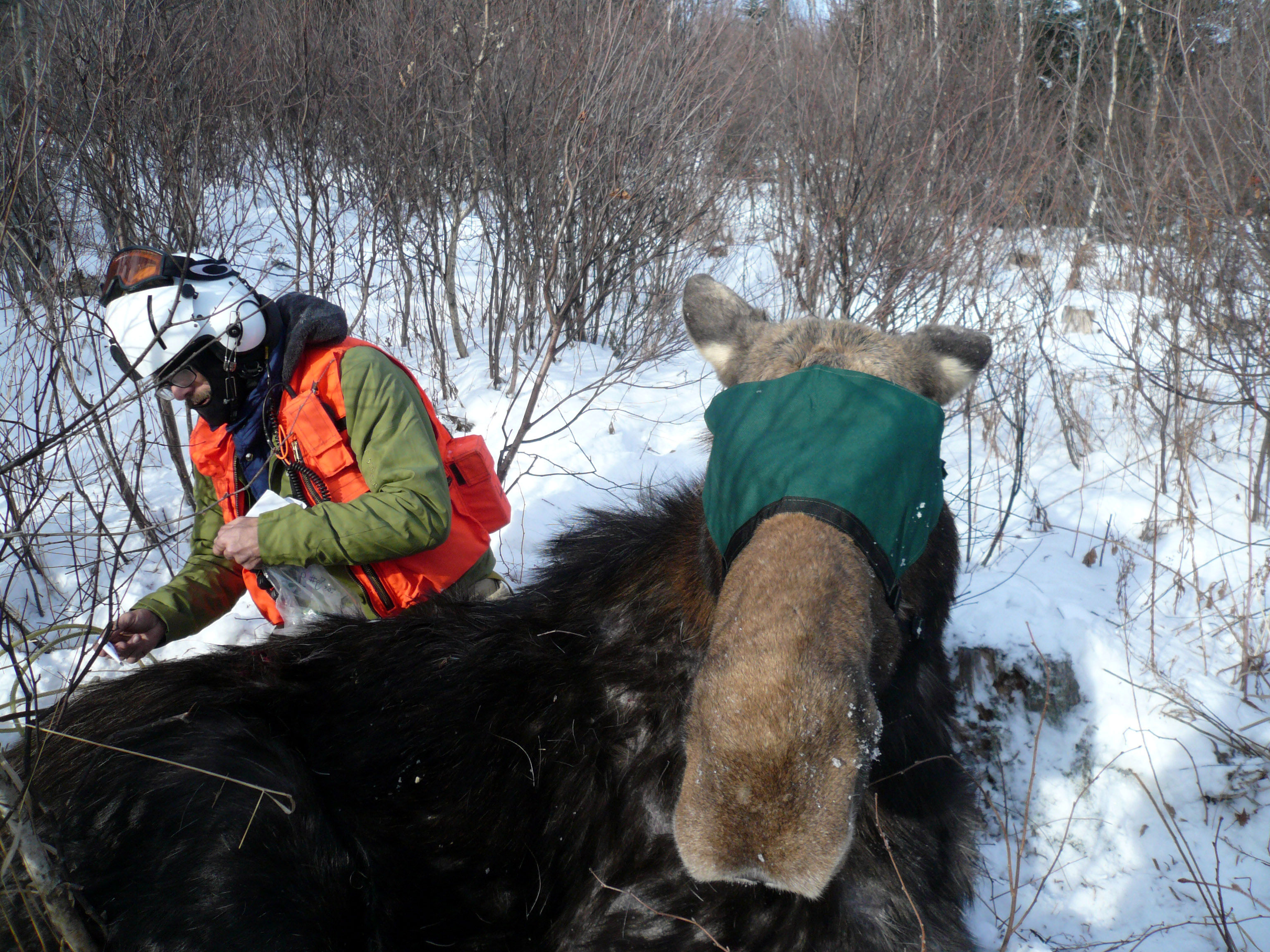 A total of 43 moose were captured and collared during the first two weeks of a three year moose study in New Hampshire,
A total of 43 moose were captured and collared during the first two weeks of a three year moose study in New Hampshire, 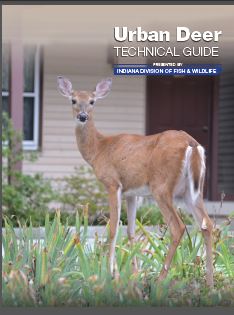 The Indiana Department of Natural Resources Division of Fish & Wildlife has put together a 32-page online booklet to help municipalities better understand deer and available management options. The impact of white-tailed deer within urban communities is not just a problem in several Indiana communities, but is a growing problem nationwide.
The Indiana Department of Natural Resources Division of Fish & Wildlife has put together a 32-page online booklet to help municipalities better understand deer and available management options. The impact of white-tailed deer within urban communities is not just a problem in several Indiana communities, but is a growing problem nationwide.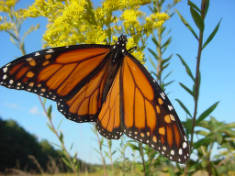 Depending on where you live, you may have noticed it in autumn. There were very few monarch butterflies around. It wasn’t unexpected. Numbers were low last winter in Mexico, and the weather over the summer didn’t favor the hatching of new monarchs.
Depending on where you live, you may have noticed it in autumn. There were very few monarch butterflies around. It wasn’t unexpected. Numbers were low last winter in Mexico, and the weather over the summer didn’t favor the hatching of new monarchs.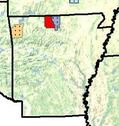 After detecting the fungus that causes white nose syndrome, but not seeing any bats with the disease, for two winters in a row, dead bats showing the symptoms caused by the white nose syndrome fungus were found in an Arkansas cave on January 11, an
After detecting the fungus that causes white nose syndrome, but not seeing any bats with the disease, for two winters in a row, dead bats showing the symptoms caused by the white nose syndrome fungus were found in an Arkansas cave on January 11, an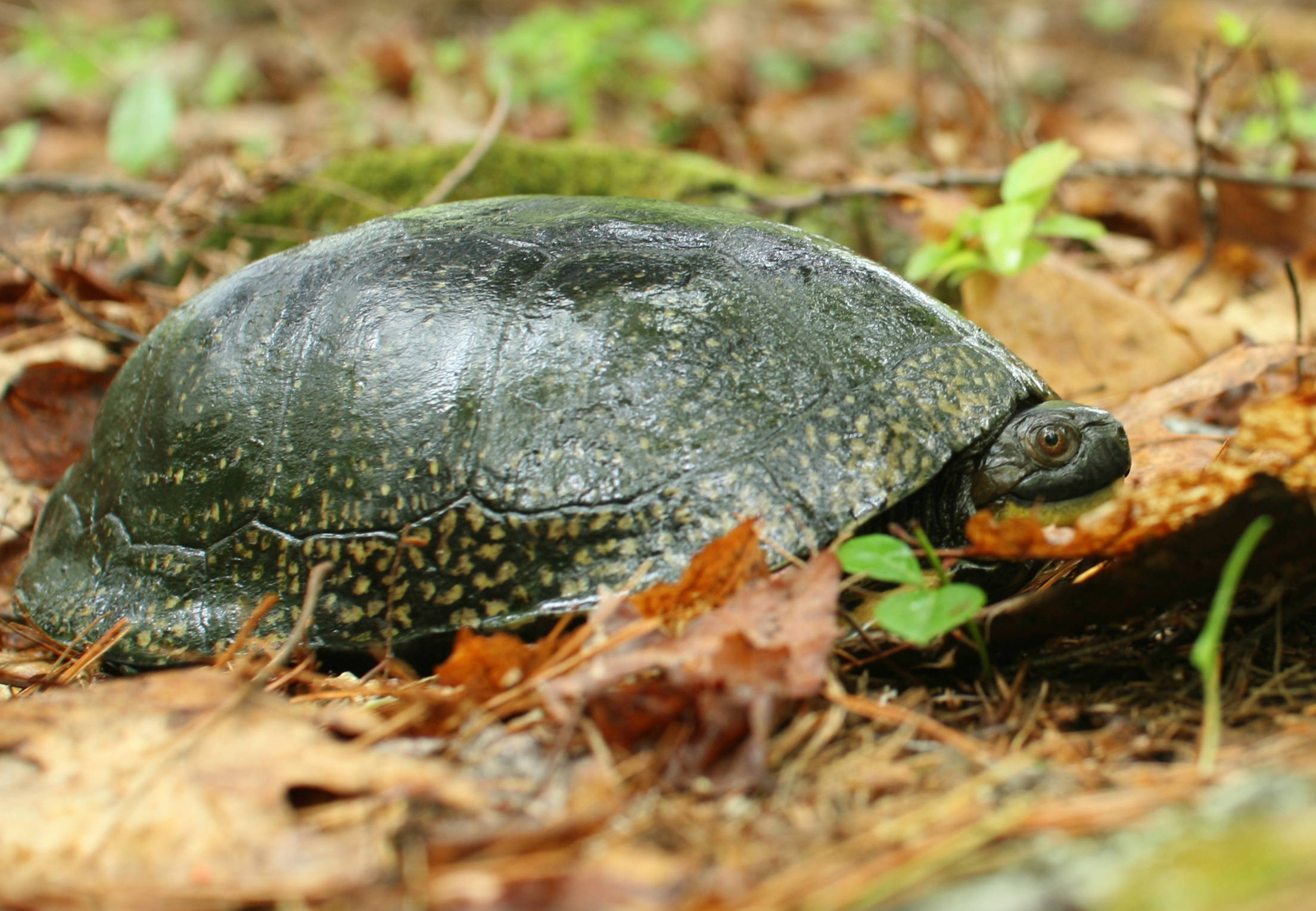 Fifteen native birds, plants and other animals have been removed from Wisconsin’s endangered and threatened species list effective Jan. 1, 2014, says a
Fifteen native birds, plants and other animals have been removed from Wisconsin’s endangered and threatened species list effective Jan. 1, 2014, says a 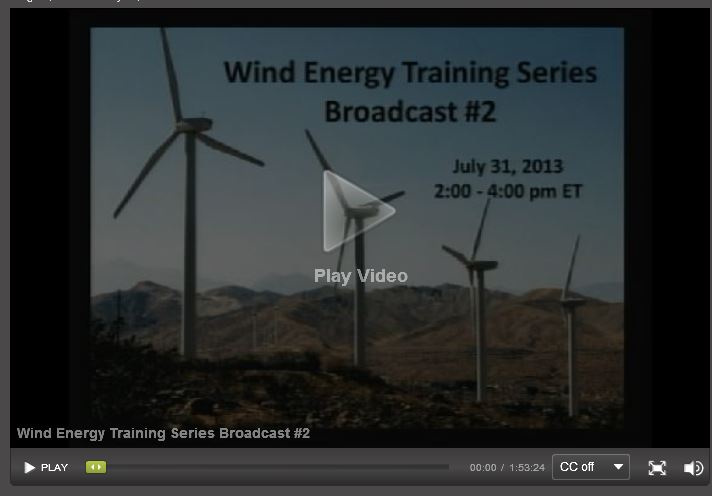 Has reviewing wind power project siting proposals become part of your department’s responsibilities? The US Fish and Wildlife Service (USFWS) is holding a training on Weds., Jan. 29. Other broadcasts in the series cover other aspects of wind turbine siting. Here’s the announcement from USFWS:
Has reviewing wind power project siting proposals become part of your department’s responsibilities? The US Fish and Wildlife Service (USFWS) is holding a training on Weds., Jan. 29. Other broadcasts in the series cover other aspects of wind turbine siting. Here’s the announcement from USFWS: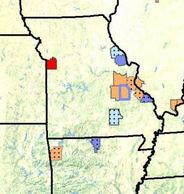 Sorry for the double dose of white nose syndrome (WNS) news, but I didn’t want this to get lost in yesterday’s post on the the new WNS protocol, even though it was included in the same
Sorry for the double dose of white nose syndrome (WNS) news, but I didn’t want this to get lost in yesterday’s post on the the new WNS protocol, even though it was included in the same